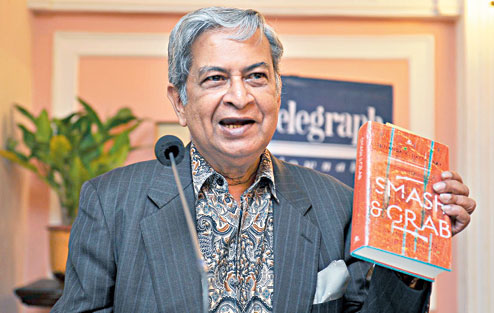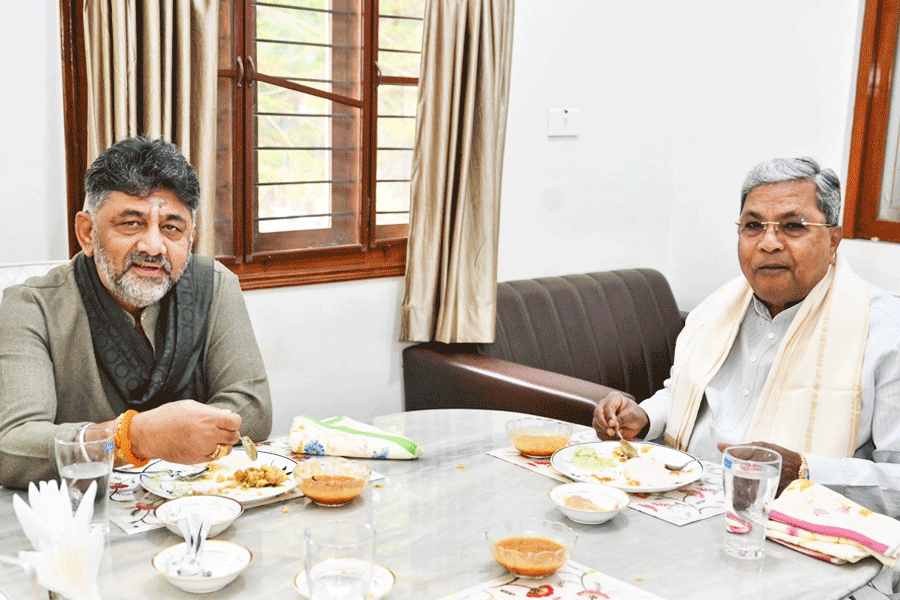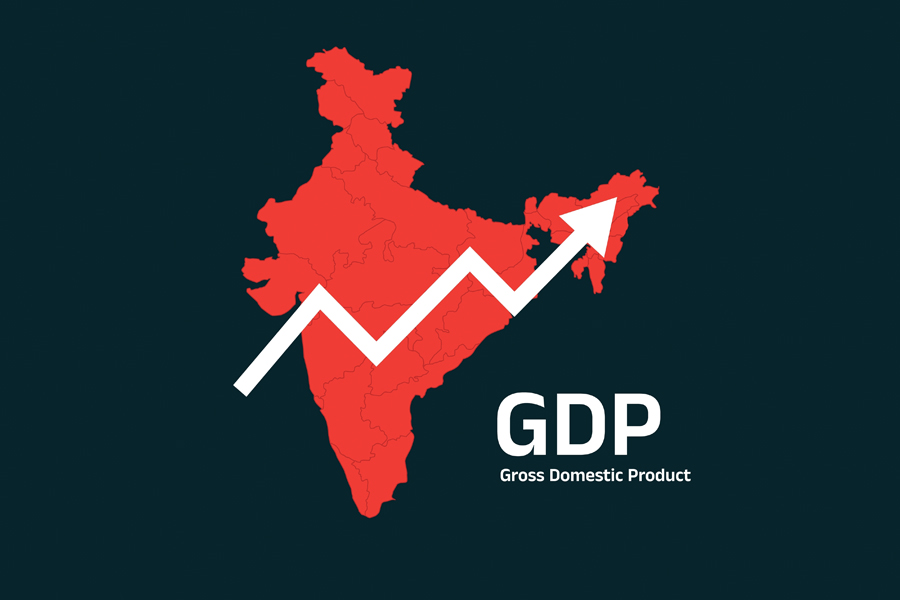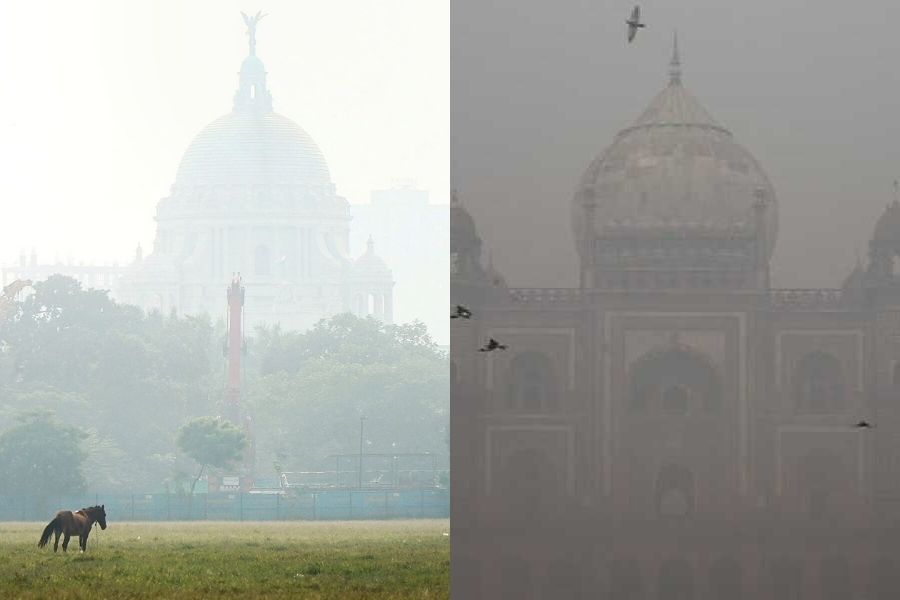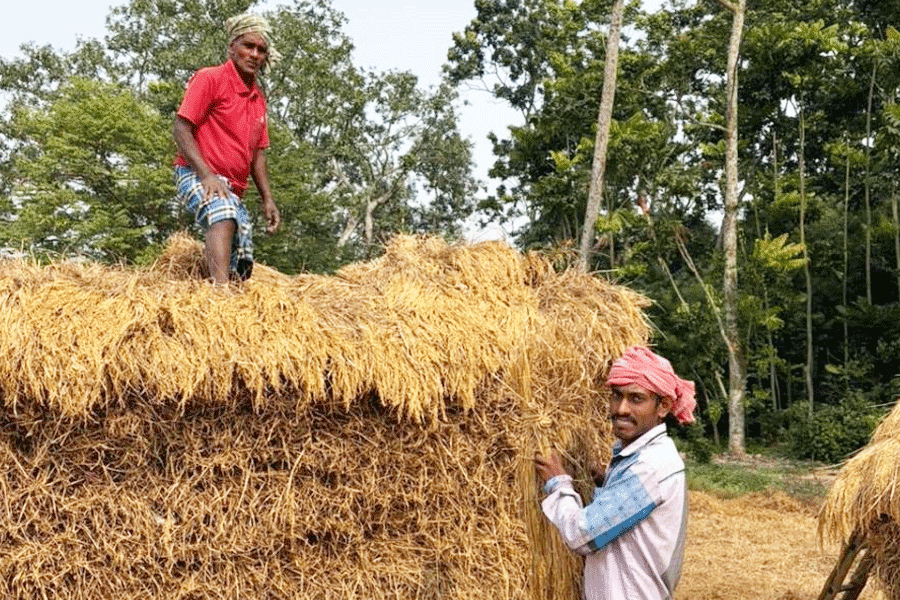 |
| Sunanda K Datta-Ray with a copy of the latest edition of his book. Picture by Rashbehari Das |
It’s not often that an author starts a talk by displaying three versions of the same book. But when journalist-writer Sunanda K. Datta-Ray took the podium at Salon 175 for Bengal Club Library Talks on November 27, held in association with The Telegraph, it seemed fitting that he began by holding up three editions of his book, Smash & Grab: Annexation of Sikkim. One was a pirated copy priced at Rs 150, which he advised any possessor to lose immediately, one was the 2013 edition that has just been published by Tranquebar Press [Rs 795] and the third was the original 1984 edition published by Vikas, which, according to the author, is a rare commodity that might fetch a neat £150 on ebay!
Smash & Grab is an account of how Sikkim, then ruled by Chogyal Palden Thondup Namgyal, became India’s 22nd state in 1975. And as the title suggests, Datta-Ray is far from sympathetic about how New Delhi went about “annexing” the kingdom of the 12th Chogyal, who was the author’s close friend. The title, Datta-Ray revealed, was inadvertently suggested by the king himself while describing the events of April 8, 1975, when Indian forces entered the palace and “peacefully” disarmed the guards for the “great cause of democracy”.
The reason Datta-Ray wrote the book in 1984, he said, was not to effect any change of policy but to record the travesty of democracy by New Delhi, the reluctance of the Indian media — which according to him was “dazed with nationalism” — to report facts as they were, and the fact that Sikkim was one of the numerous challenges that India was facing with regard to China.
The book’s sales were prohibited right after its publication when the last political officer of India in Sikkim brought a defamation suit against the author and the publisher. Datta-Ray says he was told that no one was happier about the suit than the mandarins of South Block because the book’s revelations tore into their propaganda that Sikkim has acceded to India “peacefully”. The case was settled out of court but the book disappeared from view.
During the talk, moderated by Rudrangshu Mukherjee of The Telegraph, Datta-Ray readily admitted, “Today Sikkim is a far more vibrant place than it ever was in the Chogyal’s time; the people of Sikkim are making money hand over fist (from government funds). They don’t want to go back to independence.” Having said that, he pointed out that “the annexation was colonialism’s last fling”, which demonstrated how seriously India took herself as the successor of the British Raj. The annexation, he said, added nothing to India’s powers in the Himalayas but at home it opened a Pandora’s box by creating the first state with Nepalese majority and abroad, it sent shivers of apprehension in Nepal, Bhutan, Bangladesh, Pakistan and Sri Lanka. “Even the other day, Khaleda Zia accused Prime Minister Hasina Wajed of trying to turn Bangladesh into another Sikkim.”
The author says he also wrote the book because it was a “cracking good story”, which had characters like the Chogyal, his American queen Hope Cooke (who many suspected to be a CIA plant) the Chogyal’s ineffective Kazi Lendhup Dorji and his charismatic Kazini.

